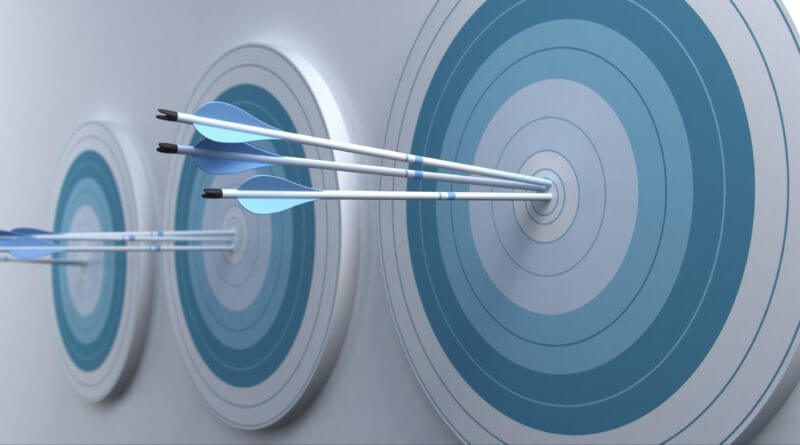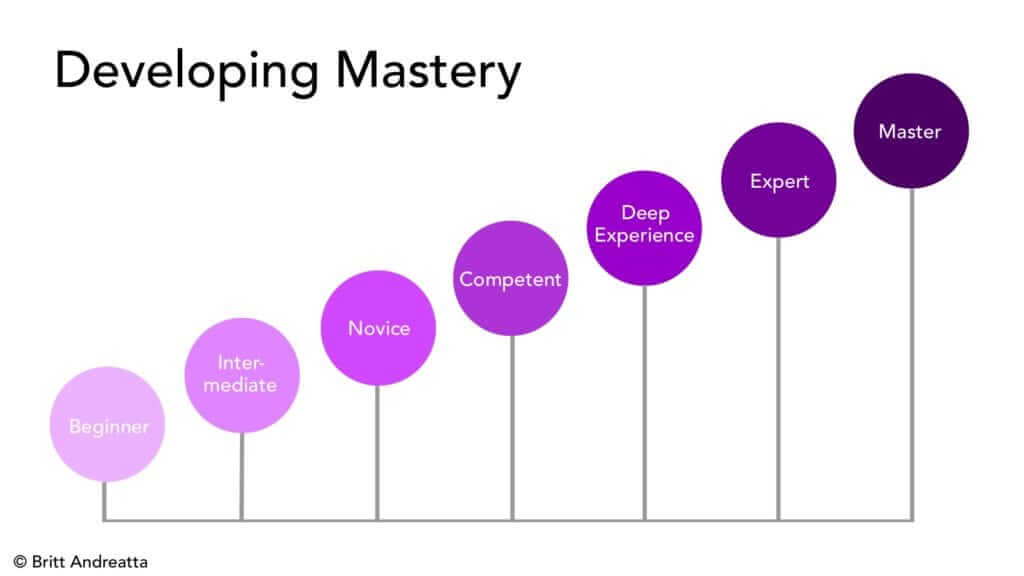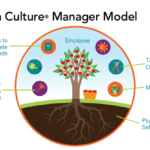This website uses cookies so that we can provide you with the best user experience possible. Cookie information is stored in your browser and performs functions such as recognising you when you return to our website and helping our team to understand which sections of the website you find most interesting and useful.
3 Tools to Develop Mastery (3 of 3-part series)

Developing mastery is a vital part of any organization’s success. There’s a whole range of skills and competencies that people need in order to achieve the strategic goals of your organization. A crucial part of any learning culture is the ways in which people can achieve mastery.
Now, not all skills nor people need to hit the mastery level but for those that do, you want to make it easier to get there. Make sure your learning strategy clearly identifies the skills, roles, and functions where mastery is required, as this will help you know which tools you should make available to whom and by when.
Mastery requires time and effort. Period. Mastery takes hundreds or thousands of repetitions. In fact, Dr. Anders Ericsson conducted research on what it takes to develop expertise and he’s the one who coined the “10,000 hours” estimate that Malcolm Gladwell explored in his book Outliers.
Certainly, hours and repetitions are required but mastery demands the right kind of focus, with deliberate practice as well as feedback. Feedback allows us to benchmark our skill and make the necessary adjustments to improve. The real sweet spot here is practice plus coaching.

Many organizations already have invested in helping their teams develop mastery. For example, the military, NASA and airline companies have long been using flight simulators to create realistic practice.
Oil companies have spent billions creating working replicas of drilling platforms so that crews can practice operating them. And of course, medical personnel practice lifesaving procedures all the time.
But for many organizations, those kinds of resources are out of reach or aren’t necessary for the kinds of mastery they need to develop.
Here are some tools I recommend that provide value to any type of organization:
- Computer-based simulations to create life-like scenarios. While there are many companies that create simulations, I prefer ones that are customizable to a range of people and scenarios. One of my favorites is Mursion.com because their avatars are animated in real time by real actors—so you can practice with all the realistic and unexpected elements of human interaction. These interactions can be recorded so that the learner and their coach can review them later to identify areas for improvement. The simulations can be repeated adding more complexity as the learner improves their skill.
- Using video-based learning to share knowledge and encourage practice. One that is unique is called Practice.xyz.(now Bridge). It’s a patented applied learning platform and methodology that uses video to create a culture of practice, peer assessment and coaching. Oftentimes, people learn mastery by seeing an expert perform that skill at a high level. This platform allows for that—as well as for learners to upload their own videos where they can engage in self assessment and reflection, receive feedback from peers, and coaching from experts. Did you know that an average of three to five peer grades is consistent with feedback given by instructors or experts? It’s called the “wisdom of crowds” and the research is conclusive. The Practice platform is agile and scalable, and can be used over and over to drive increased complexity and improvement.
- Virtual Reality (VR) training. The technology is getting better and more affordable and is really valuable for certain kinds of learning. Numerous researchers have found that VR training can be 30% more effective than traditional training, and retention can be as high as 80%. It’s so lifelike that the brain actually gets a real experience of doing that behavior while being in a safe setting. The applications are mind-boggling and can be especially valuable where practicing in real life might be very difficult or even dangerous. SilVRthread is doing something unique with in-body experiences—you can look down and see your body, hands, and feet, which allows for a whole new kind of training.For example, they can film a master or expert doing a complex behavior correctly. Then learners can have an “in body” experience, seeing their hands and body doing the behaviors at an expert level.
These products are currently standalones in the market, and they do a great job of driving and lasting real behavior change. Consider how you can use these tools to help your people develop mastery to drive your organization’s success. It just might be the most powerful part of your culture of learning.
Want to find out more?
Learn how to cultivate a learning culture to improve your organization’s competitiveness in my course, Creating a Culture of Learning available on LinkedIn Learning . Or view my webinar on my Growth Culture Model.
Related Blogs
JOIN OUR COMMUNITY
Be the first to know of Dr. Britt Andreatta's latest news and research.






